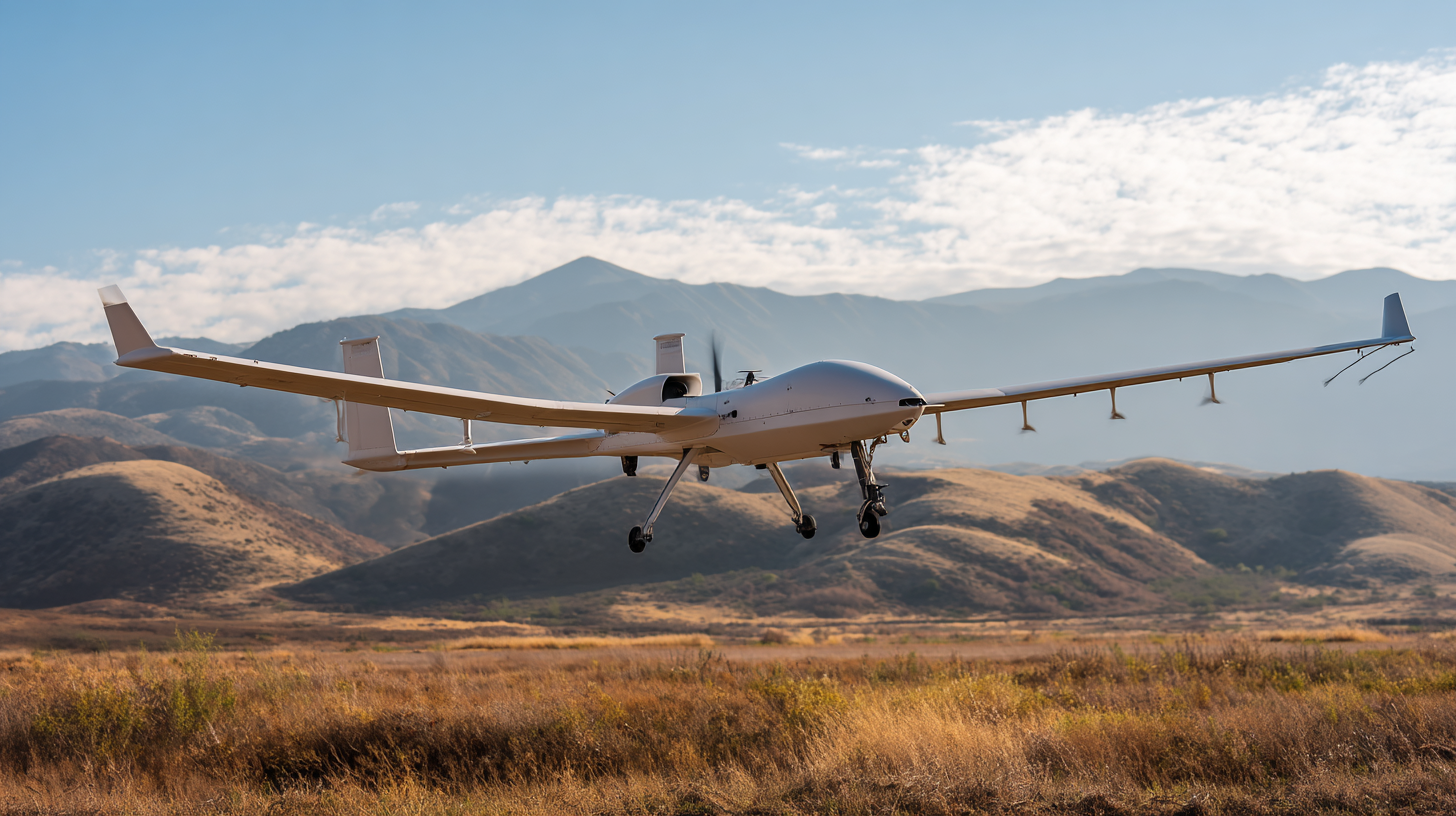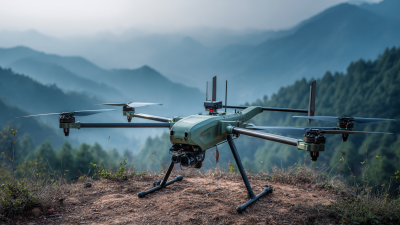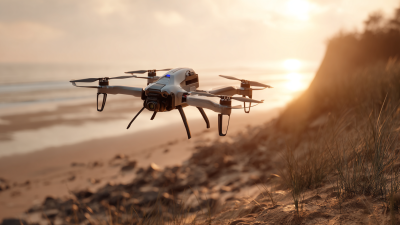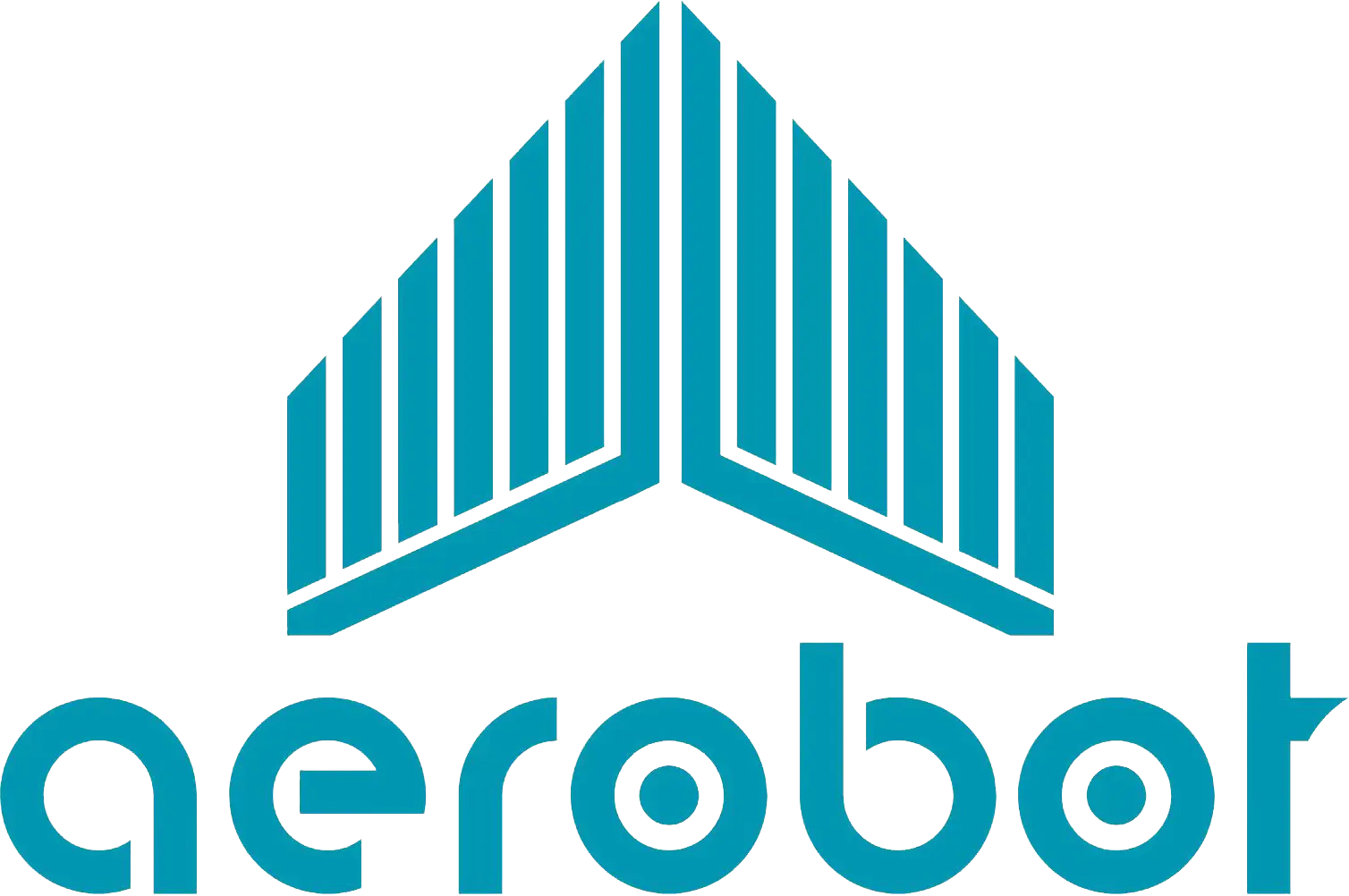Leave Your Message
In an era where technology continues to reshape industries, Fixed Wing Hybrid Drones have emerged as a formidable tool for enhancing operational efficiency across various sectors. These innovative aerial vehicles combine the advantages of both fixed wing and multirotor designs, offering exceptional range and endurance alongside the ability to hover and conduct precise maneuvers. As businesses strive for streamlined operations and cost reductions, understanding how to maximize the efficiency of Fixed Wing Hybrid Drones becomes paramount.
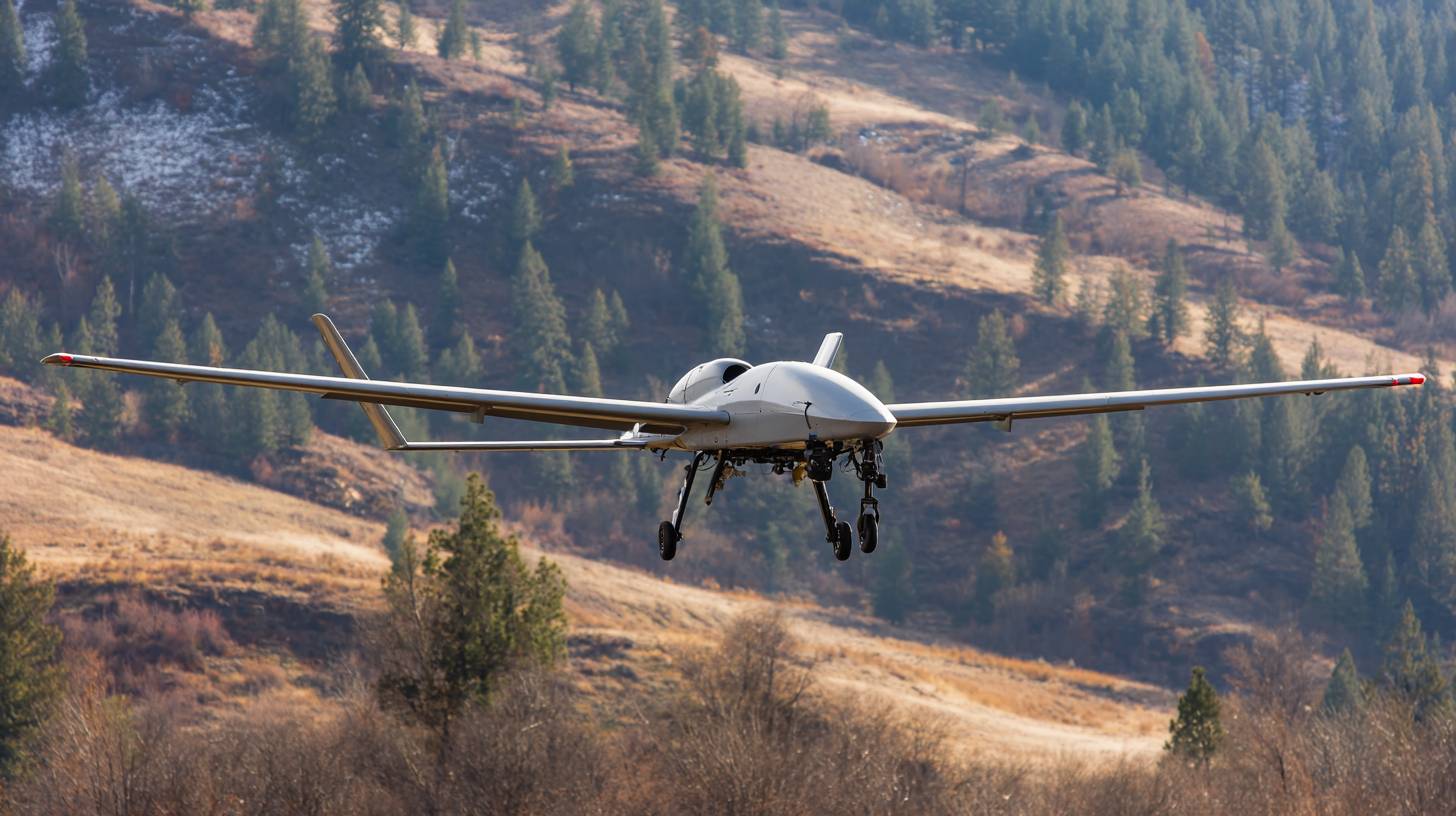
This blog will delve into practical strategies and insights that can help organizations harness the full potential of these versatile drones, from optimizing flight paths to integrating advanced payload technologies. Whether you're in agriculture, surveillance, or logistics, implementing the right techniques can lead to significant improvements in productivity and data collection, ultimately transforming the way we think about aerial operations.
Fixed wing hybrid drones represent a revolutionary advancement in aerial technology, combining the best features of fixed-wing and multi-rotor designs. One of their key characteristics is their ability to cover vast distances while maintaining impressive fuel efficiency. This makes them ideal for applications such as agricultural monitoring, environmental surveying, and emergency response, where extensive coverage and endurance are crucial. Their aerodynamic design allows for long flight times, which means large areas can be scanned or surveyed in a single flight, reducing the need for multiple trips.
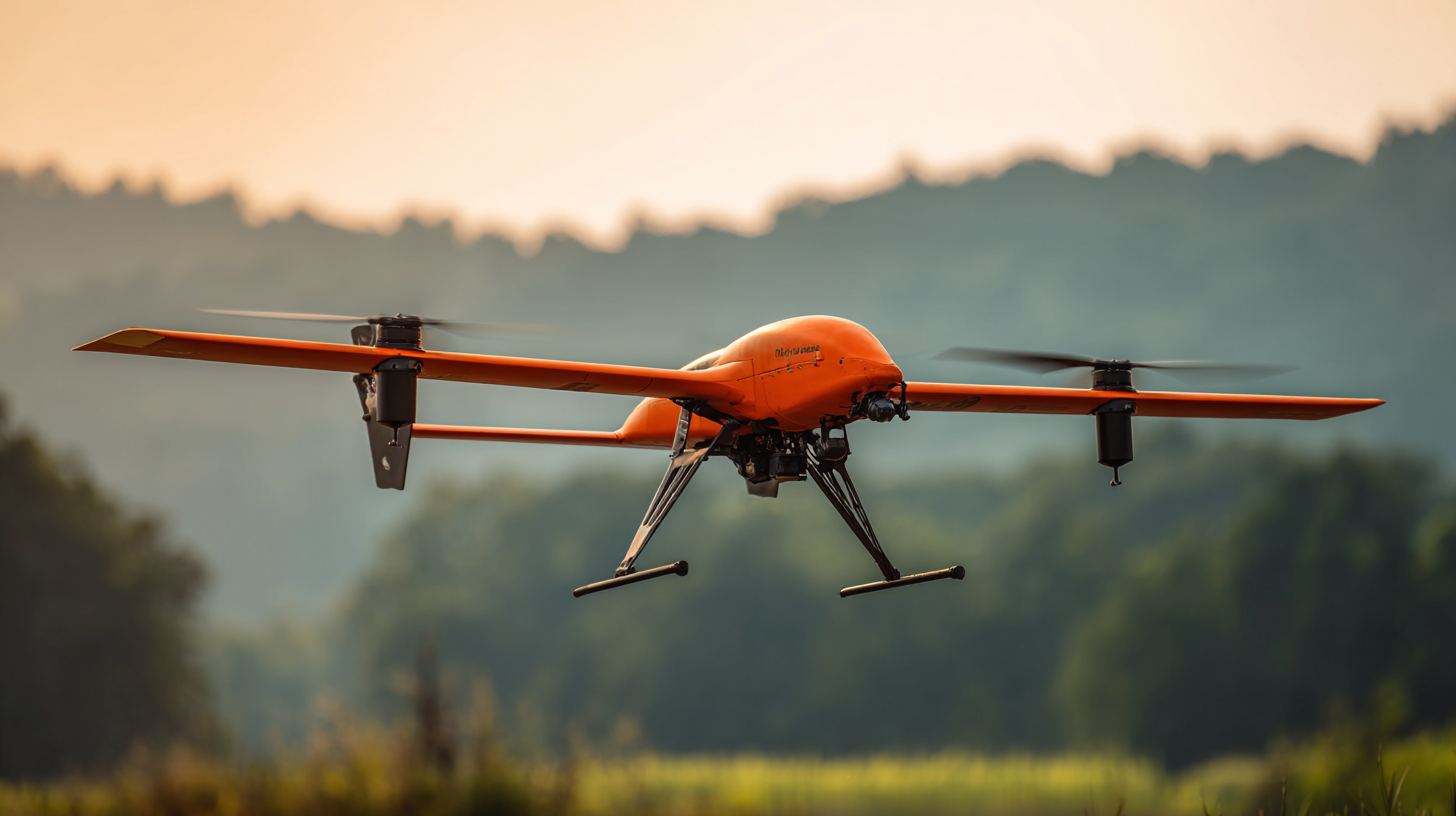
Moreover, the ability of fixed wing hybrid drones to take off and land vertically enhances their operational flexibility. This feature allows them to operate in confined spaces and diverse environments, making them particularly useful in urban settings or rugged terrains. They are equipped with advanced navigation systems and sensors that enable precise data collection and analysis. The combination of these attributes not only improves efficiency but also enhances productivity in various industries, providing users with valuable insights and timely information that can be critical for decision-making processes.
Fixed wing hybrid drones are revolutionizing various industries by providing efficient solutions tailored to specific use cases. In the medical field, drones under 2 kg can deliver essential supplies and medications to remote locations. From fully autonomous systems that navigate independently to remotely operated drones that require piloting, the versatility of these drones enhances healthcare delivery. Their capability to operate in diverse environments makes them invaluable for emergency response teams.
In commercial logistics, hybrid drones weighing between 2-5 kg are transforming supply chains. These drones can transport lightweight goods, offering a semi-autonomous option to optimize delivery routes. The drone's ability to cover large distances while carrying significant payloads accelerates the last-mile delivery, ensuring timely dispatch of products. Companies should consider employing fixed wing drones for larger cargo needs, where payload capacities exceed 5 kg, as these models offer longer flight times and greater efficiency for bulk transport.
Tips: When selecting a drone for medical delivery, focus on payload capacity to ensure critical supplies reach their destination swiftly. Also, integrating semi-autonomous drones into logistics can streamline operations and reduce labor costs. Lastly, always consider regulatory requirements for drone flights in your area to ensure compliance and safety.
Implementing fixed-wing hybrid drones can significantly enhance operational efficiency across various industries, particularly in logistics, agriculture, and surveillance. According to a report by MarketsandMarkets, the global drone logistics market is projected to grow from $4.2 billion in 2020 to $29.07 billion by 2025, reflecting a compound annual growth rate (CAGR) of 46.3%. This surge underscores the potential of hybrid drones, which can cover extensive distances while maintaining the versatility of vertical take-off and landing capabilities.
To effectively leverage these advanced systems, organizations should follow best practices such as conducting thorough needs assessments to tailor drone solutions to specific operational challenges. Integrating drone technology with existing workflows can reduce delivery times by up to 70%, as indicated by research from McKinsey. Additionally, ensuring regulatory compliance and investing in pilot training is critical for maximizing efficiency, reducing operational risks, and boosting overall productivity. By strategically implementing fixed-wing hybrid drones, companies can optimize their operations and harness significant cost savings while meeting the growing demands of their respective markets.
| Dimension | Description | Impact on Efficiency |
|---|---|---|
| Flight Duration | Maximized flight time for surveying large areas | Increased operational area coverage |
| Payload Capacity | Ability to carry various sensors and equipment | Enhanced data collection capabilities |
| Drop Capacity | Capability to deliver supplies remotely | Increased logistics and supply efficiency |
| Range | Distance covered without needing to recharge | Reduced downtime during operations |
| Data Processing Speed | Quick analysis of collected data | Faster decision-making and response times |
| User Training | Training programs for personnel operating drones | Improved operational safety and efficiency |
| Integration with Other Systems | Compatibility with existing software and hardware | Streamlined operations and workflow |
When selecting the right fixed wing hybrid drone for your needs, several technical considerations should be taken into account to maximize efficiency. One crucial factor is the drone's payload capacity. According to a recent report by Drone Industry Insights, fixed wing drones can carry payloads up to 20 kilograms, making them suitable for various applications, including agriculture, surveying, and logistics. Knowing your specific payload requirements will help narrow down your options significantly.
Another vital consideration is flight endurance. Fixed wing hybrid drones typically have longer flight times compared to traditional multirotor drones. On average, these drones can achieve flight durations exceeding 10 hours, as noted in a 2023 report by ResearchAndMarkets. This extended endurance is particularly beneficial in industries such as environmental monitoring or disaster management, where long missions are common.
Tip: Always assess the specific features of the drones you're considering, such as range and camera options, to ensure they align with your operational goals.
Lastly, consider the integration of autonomous flight planning software. Many fixed wing hybrid drones come with advanced navigation capabilities, enabling efficient route optimization and data collection. According to a 2022 survey by UAS Magazine, 64% of drone operators reported enhanced operational efficiency after incorporating automated flight planning tools.
Tip: Look for drones that offer customizable software solutions to enhance mission effectiveness and data analysis capabilities.
When operating fixed-wing hybrid drones, monitoring and evaluating their performance is crucial for maximizing efficiency. One effective strategy is to implement real-time data analytics tools that can track essential metrics, such as flight duration, fuel consumption, and payload efficiency. This data provides insights into operational effectiveness and areas that may require adjustments or enhancements.
Tip 1: Utilize software that integrates with telemetry data to visualize performance trends over time. This will allow operators to quickly identify anomalies or drops in efficiency, facilitating proactive maintenance and operational tweaks.
Regular performance evaluations through mission debriefs are also beneficial. These discussions can focus on what went well and what could be improved, drawing from firsthand experiences and data analysis.
Tip 2: Encourage team feedback during these evaluations. Engaging the entire team not only fosters a culture of continuous improvement but also brings different perspectives into understanding operational challenges.
Ultimately, a strong framework for monitoring and evaluating hybrid drone operations not only leads to enhanced performance but also enables teams to optimize future missions effectively.
